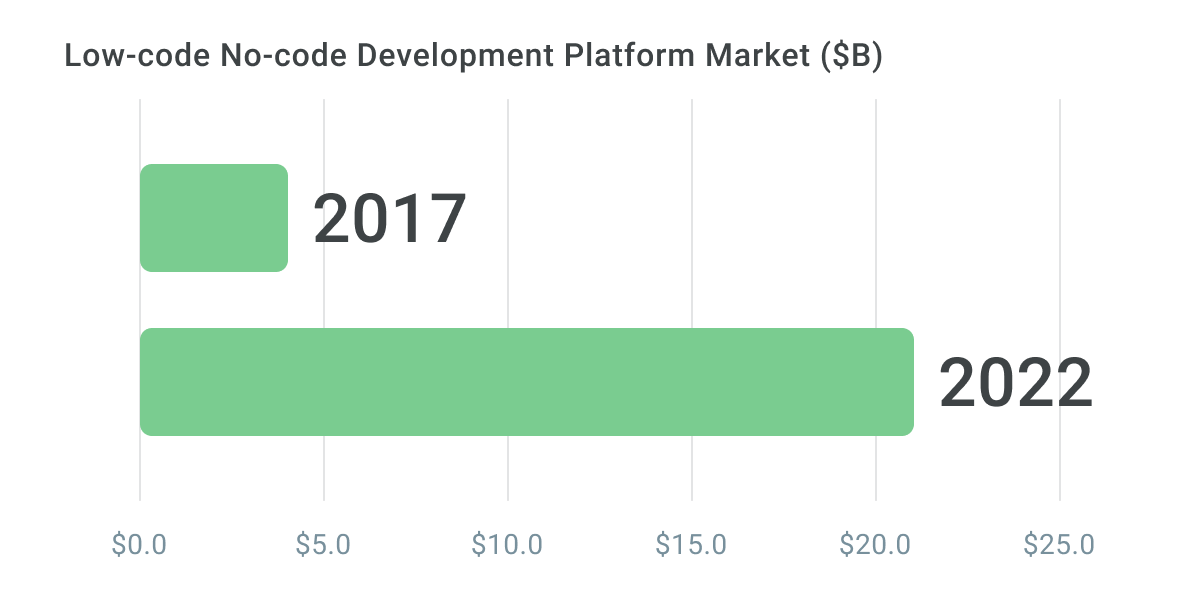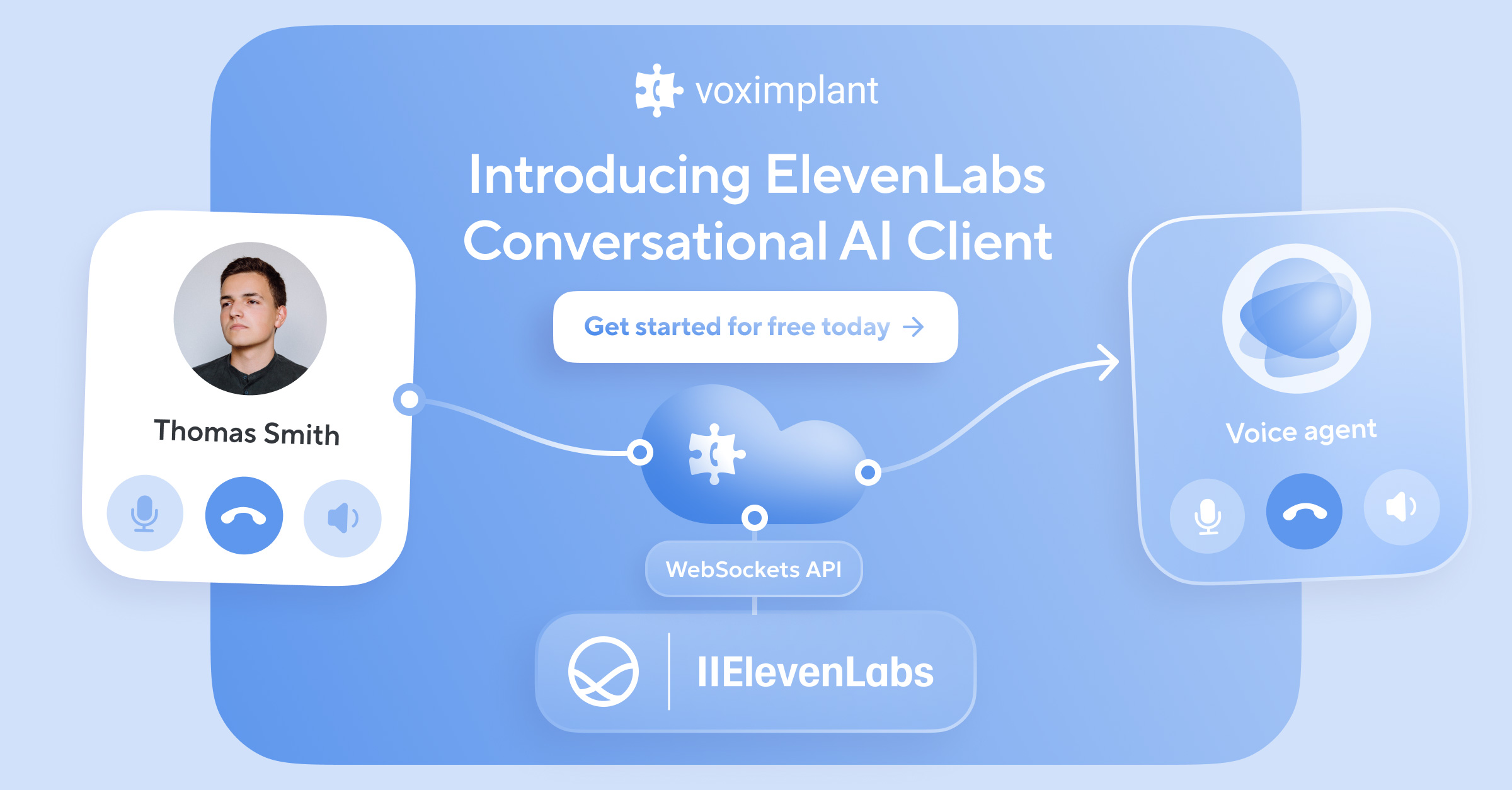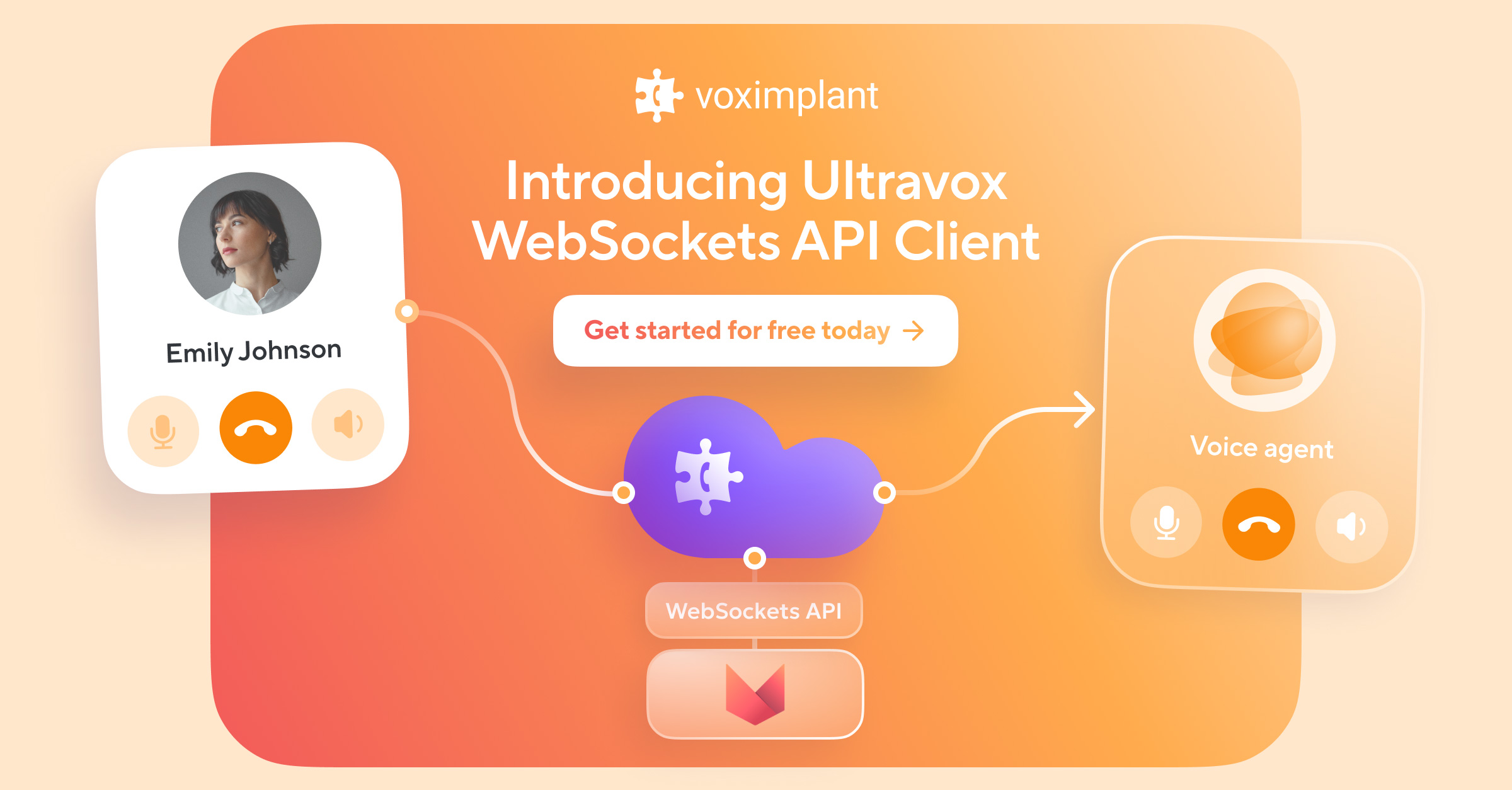If you’re involved in evaluating cloud contact center services, you’ve likely recognized two distinct categories and a big difference in the amount of technical expertise required to implement them. You’re attracted to the ease of use offered by contact center as service (CCaaS) offerings, but their fixed functionality doesn’t fit your business needs. In contrast, a cloud contact center built on a communications platform as a service (CPaaS) offering provides unlimited flexibility, but requires expensive software development resources to build a complete solution.
Bridging this gap is where low code / no code (LCNC) functionality comes into play. By adding an LCNC abstraction layer to their services, CPaaS providers offer the ease of use of a CCaaS combined with advanced features. They enable non-technical users to build a complete omnichannel contact center with little to no programming.
In this blog, we’ll describe the LCNC movement and how it applies to contact center services. We’ll explain how LCNC is making powerful CPaaS capabilities accessible to “citizen developers,” layman users such as contact center supervisors and line of business managers. We’ll also describe the Voximplant Kit and its no-code features.
Low-code and no-code platforms expedite digital transformation
LCNC contact center platforms are part of a much broader movement to accelerate digital transformation projects. LCNC technology was initially developed to help simplify the creation of mobile and web applications. While development environments have evolved to simplify and speed development, new LCNC tools take this to the next level. They enable citizen developers to offload resource-constrained IT departments, allowing IT to focus on building complex, hand coded applications.

The low-code no-code movement is huge, driven by many compelling benefits described below. Forrester expects the market for low-code development platforms to increase to $21.2 billion by 2022, up from $3.8 billion in 2017. Appian, Salesforce Lightning, Zoho Creator, and Amazon Web Services Honeycode are examples of low-code platforms. Appy Pie and Google AppSheet are examples of no-code mobile application platforms.
LCNC platforms typically feature a visual development environment with drag-and-drop building blocks that enable business users to create complete business applications without any prior coding knowledge.
Low-code platforms differ from their no-code brethren in the amount of customization that is allowed. The apps produced by a low-code platform typically assume an understanding of some programming concepts can be customized by a trained software developer. For example, you may need to trigger a workflow on unique conditions, or integrate with an application that is not supported by the base platform. Low-code platforms enable developers to add these functions - usually using a scripting language like JavaScript.
Here is a look at the advantages and disadvantages with LCNC platforms.
LCNC Advantages
- Increased speed and agility - Visual editors composed of pre-assembled building blocks of code can dramatically accelerate application development and enable you to quickly respond to changing business needs.
- Improved productivity - Because the line of business can develop their own apps without engaging IT, productivity increases and applications converge more quickly to meet business needs. This frees-up your development staff to work on strategic applications that can’t be created with LCNC.
- Fewer errors - LCNC platforms automatically validate your application, eliminating errors and reducing QA overhead.
- Reduced cost - LCNC reduces your reliance on expensive software developers
- Improved compliance - Some organizations report that by empowering the line of business to create their own programs, incidents of shadow IT and associated compliance risks are reduced.
LCNC Disadvantages
The main disadvantage with LCNC is a reduction in application flexibility. Application functions are limited to the building blocks provided by the abstraction layer and they are typically executed sequentially. In contrast, hand coding offers unlimited flexibility for developers to create any conceivable function. In addition, functions may be executed in parallel, which enables more complex applications and can improve performance and reduce latency.
In LCNC systems, all data is typically routed and processed by the LCNC platform, usually without detailed data storage controls. Security can be a concern if the platform is processing sensitive information, such as consumer PII, or if there are data sovereignty requirements.
Cost may also be an issue, if you’re using a web or mobile app development platform. Commercial models vary, including advertising supported licenses and per-user, per-month pricing. In the contact center, LCNC is generally included as a feature at no extra charge for the CPaaS platforms that offer it. Contact center architects don’t need to be concerned with incremental costs, only with the savings that LCNC provides.
Contact center as a service (CCaaS) empower non-technical teams
Up until recently, contact center technology was not unlike other parts of the enterprise IT stack: inflexible, costly and slow moving. The IT department licensed pricey software from among a few major vendors and engaged highly specialized engineers to customize it. Developing new functionality was a major undertaking, consuming months or years and lots of interaction between the IT team and line of business to get it right. Contact center technology was ripe for digital transformation and cloud contact center providers were the first to address it.
The CCaaS approach is to apply a traditional SaaS model to contact centers. CCaaS offerings feature intuitive point-and-click administrative interfaces, enabling business users to quickly build a contact center without programming resources. Its benefits are similar to LCNC applications, the CCaaS enables layman users to offload the burdens of building and maintaining contact center infrastructure from the IT team.
However, CCaaS are general purpose contact center platforms with limited flexibility. Cloud contact center services often aren’t easily customized and can be slow to adopt the advanced technologies enabled by AI, including natural language processing. This is the advantage of working with cloud contact center services built on more agile CPaaS offerings.
Create a no code (or low code) contact center solution
Seasoned contact center architects and engineers may recognize visual builders are not a new concept in certain parts of the contact center. For many years, interactive voice response (IVR) systems have offered visual editors to design IVR menu trees. They offer an easy to use alternative to complex markup languages that administrators use to easily visualize and document their IVR paths. They accelerate menu changes and help prevent dead-ends.
It’s not surprising this approach is being adopted more widely by cloud contact center service providers beyond the IVR. Today, contact centers handle omni-channel messaging interactions in addition to voice. LCNC tools for the contact center are evolving to support various messaging interfaces in addition to voice call automation for both inbound and outbound. It enables the citizen developers of the contact center - supervisors and line of business personnel - to manage the infrastructure without assistance from a specialized telephony engineer in the IT department, or costly professional services engagements.
Non-technical teams can implement a no code contact center from some CPaaS providers
Many communications platform as a service (CPaaS) providers offer all the services of a de-constructed contact center, including routing, queuing, IVR, chat and more. They enable developers to build a complete customer experience that can be tailored to your business processes. In fact, more than a few CCaaS services have leveraged the major CPaaS platforms to help them quickly develop features and global reach.
CPaaS platforms offer additional benefits, including carrier-class scalability and cutting edge functionality. They provide access to AI-driven features.
The trade-off with CPaaS has been the need for skilled developers to assemble its building blocks into an application, test it, and iterate. This drives up cost and slows time to market for new contact center functionality, which are two of the benefits attracting enterprises to cloud services to begin with.
Enter LCNC functionality. By adding an LCNC abstraction layer to their services, CPaaS providers offer the ease of use of a CCaaS combined with advanced features. They enable non-technical users to build a complete omnichannel contact center with little to no programming.
Low code options enable integration with business processes
CPaaS providers offering a low code abstraction layer provide flexibility to customize call flows and integrate across business processes. Using a scripting language or a web development environment, you can trigger actions based on external events and integrate with a range of external systems, from customer databases to natural language processing services. Depending upon the provider, you may have access to code snippets that give you a head start building common integrations.
A low code solution provides layman users enough autonomy to independently design and iterate most contact center functionality. IT staff are needed only for complex integrations. This makes a CPaaS with a low code front-end the most flexible, while maintaining the same agility and cost benefits associated with a CCaaS.
Voximplant Kit: The no-code, omnichannel contact center
Voximplant Kit is a complete omnichannel cloud contact center service built on top of the Voximplant CPaaS platform. It features a no-code user interface that enables contact center managers and line of business personnel with no coding skills to build a rich, high quality customer experience. Using simple drag-and-drop building blocks, all call flow functions can be easily configured.
The Voximplant Kit building blocks combine flexibility with sophisticated call processing technology. You can control text-to-speech and speech-to-text, variable logic, queuing, skills-based routing, messaging (SMS and email) and much more.
The administrator interface provides point-and-click configuration for contact center global attributes and user administration. A report generator offers an array of pre-built reports, including KPIs, plus access to raw data for export to external analytic tools.
What about customization and integration with external systems? The optional low-code features in Voximplant Kit enable developers to issue HTTP requests to external CRM systems with pre-built integrations coming soon. More sophisticated integrations are enabled by a JavaScript function request that can be used to move data between Kit and an external system.
No-code brings easy customization to the Contact Center
An LCNC contact center abstraction layer bridges the gap between flexible and feature rich CPaaS platforms and easy to use CCaaS services. More importantly, it enables you to leverage citizen developers to reduce costs and accelerate digital transformation in the contact center.
Voximplant Kit is a low code contact center service built on the Voximplant developer platform. It features a visual editor with drag and drop function blocks that enable you to create rich, high quality customer experiences. With Voximplant Kit, your citizen developers can realize the agility and productivity increases, plus cost reductions, promised by a cloud migration.





